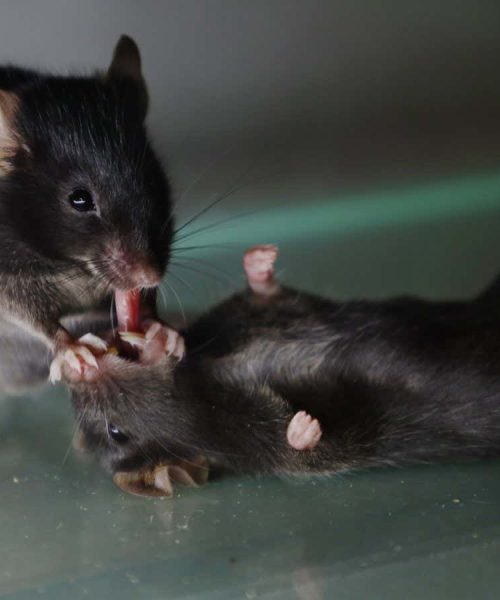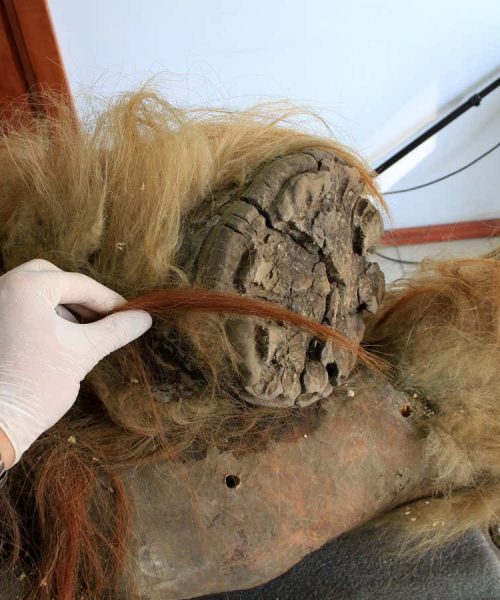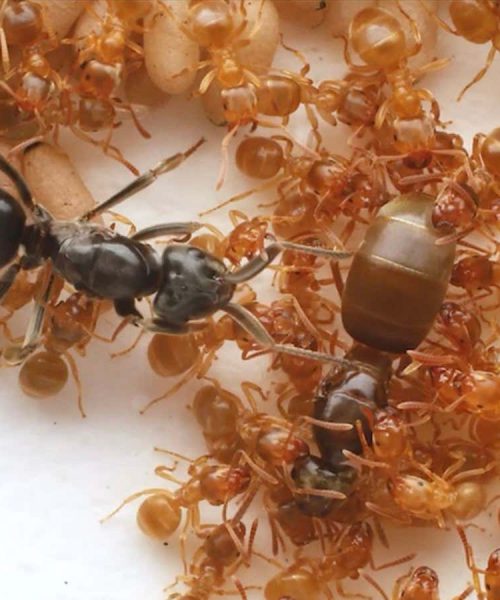
The gut microbiome is hugely diverse – and the microorganisms don’t live in harmony
Shutterstock
Your gut is a battleground where rival tribes of bacteria armed with poison darts fight for territory – and these battles are often won by armies of traitors made to switch sides by selfish DNA transferred to them by their enemies.
“The human colon is one of the most dense microbial ecosystems on Earth,” says Laurie Comstock at the University of Chicago in Illinois. There are lots of different species of bacteria, and different strains within species, fighting for the same resources.
Advertisement
To get the upper hand, many release toxins in an attempt to poison their rivals. Some are armed with an even more extraordinary weapon – dart guns that fire high-speed syringes for injecting poisons directly into other bacteria or larger cells nearby.
“They are a spring-loaded weapon that requires the organisms to be very close,” says Comstock.
The innocuous-sounding name for this kind of dart gun is a type 6 secretory system, or T6SS. A wide range of species are armed with them, and there is a lot of variation in how they work – the darts can contain many different toxins, for instance.
But how do blind bacteria avoid shooting friends as well as foe? They don’t. Some species just fire off poison darts as fast as they can make them, hitting friend and foe alike.
Crucially, however, the genetic instructions for making a specific kind of dart gun always come with the instructions for making the antidote to the poison in the darts fired by that gun. When a bacterium is hit by darts from a member of its own tribe, it isn’t harmed.
Put another way, in this world of poison darts and antidotes, what side a bacterium is on is determined by what dart gun and antidote it manufactures.
In this bug-shoot-bug world, one of the most vicious is a species called Bacteroides fragilis, which releases a range of poisons, as well as firing its darts non-stop. B. fragilis feeds on complex sugars found in the mucus lining of the gut, so Comstock thinks the reason for its aggression is that it tries to take over the mucus lining and defend itself against other related species.
But some of these other species harbour extraordinary weapons in the form of pieces of selfish DNA that act almost like independent entities. One of these pieces of DNA, called GA1, encodes genes for machinery that enables GA1 to transfer copies of itself to other bacteria.
It also has genes for a dart gun and the antidote to the dart-gun poison. What Comstock’s team has shown is that once GA1 gets into B. fragilis, it somehow blocks production of the B. fragilis gun and makes them start producing the GA1 gun – essentially turning them traitor.
When these bacteria multiply, they form armies of traitors that can kill B. fragilis that lack GA1. The traitor armies usually win these battles, Comstock’s team found in a number of tests.
But in our guts, where many other species and toxins are present, the outcomes may differ, she says. “There’s so many different things to consider in these battles,” says Comstock. “There is not always an obvious winner.”
Her team has also discovered another bit of selfish DNA called GA2, which appears to behave in a similar way to GA1 but with a different dart gun and antidote.
“Side switching may be more common than we have appreciated,” says Brian Hammer at the Georgia Institute of Technology in Atlanta.
The bacterium that causes cholera also constantly produces and fires dart guns. While it has been assumed that this behaviour is costly, last year Hammer’s team showed that strains of Vibrio cholerae that don’t produce T6SSs hardly grow any faster than those that do, suggesting that the cost of going around with guns blazing is surprisingly small.
Topics:





